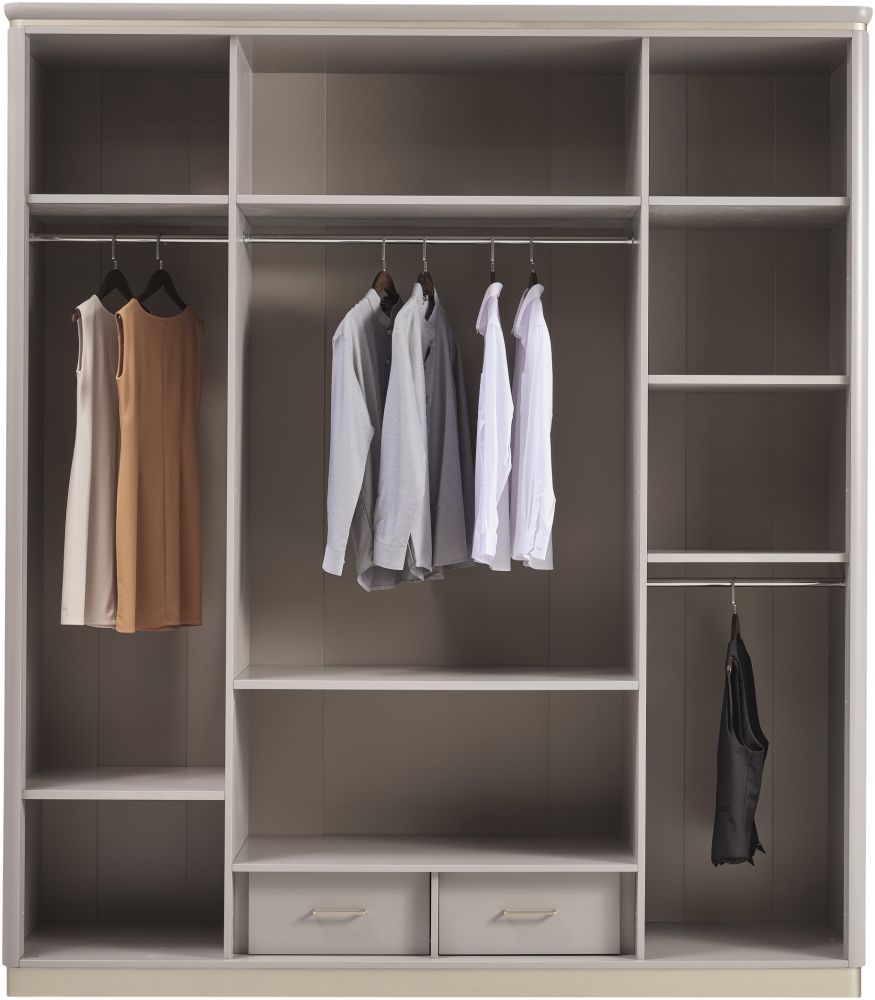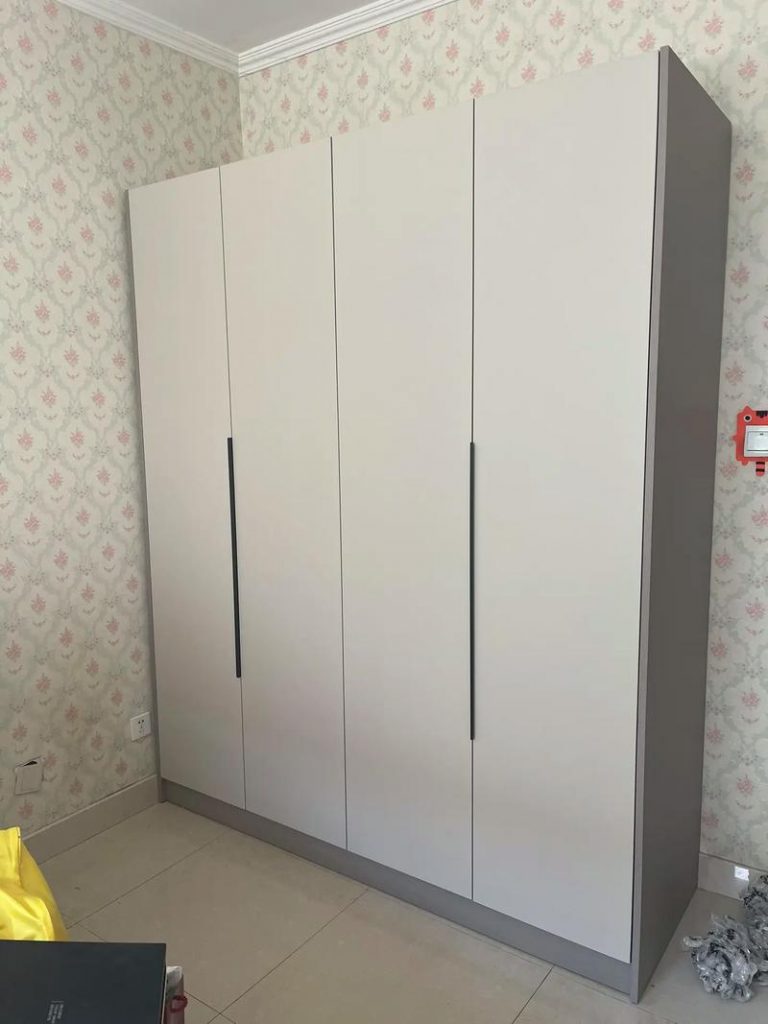Canada’s furniture market thrives on a blend of durability, design innovation, and cost efficiency, making China a top choice for importers seeking high-quality, bulk-ordered products. As a global manufacturing hub, China offers Canadian businesses unparalleled access to customizable designs, competitive pricing, and scalable production. This article explores the advantages of sourcing furniture from China, key challenges to address, and actionable strategies to build successful partnerships tailored to Canadian importers.
—
Why Canadian Importers Choose Chinese Furniture Suppliers?
1. Cost-Effective Production
China’s extensive manufacturing infrastructure, skilled labor force, and economies of scale enable bulk orders at prices 30–50% lower than North American production. This allows Canadian businesses to maintain competitive pricing while maximizing profit margins.
2. Diverse Design and Customization
From rustic farmhouse styles to modern minimalist designs, Chinese factories cater to diverse aesthetic preferences. Many suppliers offer bespoke solutions, including material adjustments (e.g., solid wood, engineered wood) and functional modifications to meet Canadian consumer trends.
3. Sustainable Practices
Leading suppliers adhere to international sustainability standards, such as FSC-certified wood, low-VOC finishes, and energy-efficient production methods. This aligns with Canada’s growing demand for eco-conscious furniture.
4. Scalable Supply Chain
Chinese manufacturers can handle orders ranging from small prototypes to bulk shipments, supporting seasonal demand spikes or long-term inventory planning.
—
Key Considerations for Canadian Importers
1. Supplier Vetting and Compliance
– Certifications: Prioritize suppliers with ISO 9001 (quality management), CARB Phase 2 (formaldehyde compliance), and FSC/PEFC (sustainable materials) certifications.
– Factory Audits: Conduct third-party inspections to evaluate facilities, labor practices, and quality control systems.
2. Quality Assurance
– Sample Testing: Always order prototypes to assess craftsmanship, durability, and compliance with Canadian standards (e.g., CSA B133.1 for woodworking machinery).
– Pre-Shipment Inspections: Hire third-party auditors to check products before shipment, minimizing defects and delays.
3. Communication and Customization
– Language Support: Partner with suppliers offering bilingual teams or translation services to clarify design specifications, timelines, and contractual terms.
– Modular Flexibility: Chinese factories excel in adaptable designs, enabling adjustments to dimensions, finishes, or functionalities to suit Canadian retail or residential needs.
4. Logistics and Compliance
– Shipping Terms: Opt for FOB (Free On Board) or DDP (Delivered Duty Paid) terms based on your logistics capabilities.
– Regulatory Compliance: Ensure products meet Health Canada regulations, including labeling requirements (e.g., country of origin) and material safety standards.
—
Emerging Trends in China’s Furniture Exports to Canada
1. Smart Furniture Integration
Demand for IoT-enabled furniture with app-controlled lighting, wireless charging, or climate adaptability is rising. Chinese manufacturers are investing in R&D to merge tech with North American design preferences.
2. Circular Design and Eco-Consciousness
Canadian buyers increasingly prioritize modular, repairable designs and biodegradable packaging. Factories are adopting zero-waste production and recycled materials to align with Canada’s sustainability goals.
3. AI-Driven Customization
Advanced software enables buyers to visualize designs digitally, generate 3D prototypes, and automate production workflows, reducing lead times and costs.
4. On-Demand Manufacturing
Digital platforms connect Canadian importers with Chinese factories for small-batch or made-to-order production, minimizing inventory risks and waste.
—
Building Trust with Chinese Suppliers
Trust is essential for long-term success. Strengthen partnerships by:
– Conducting Regular Visits: Annual factory audits ensure transparency and quality consistency.
– Leveraging Technology: Use cloud-based tools for real-time order tracking, document sharing, and progress updates.
– Negotiating Contracts: Include clauses for bulk discounts, defect rates, and penalties for delayed shipments.
—
Practical Tips for Canadian Importers
– Start Small: Test quality with a trial order before committing to large volumes.
– Understand Trade Policies: Monitor updates on tariffs, USMCA implications, and customs documentation requirements.
– Plan Logistics Early: Coordinate with suppliers on shipping timelines, packaging, and Incoterms to avoid delays.
—
Final Thoughts
China remains a strategic partner for Canadian furniture importers seeking quality, affordability, and innovation. By prioritizing supplier audits, sustainability, and clear communication, businesses can navigate challenges and build partnerships that drive growth. As smart technology and circular design redefine the industry, staying informed about trends and regulations will ensure long-term competitiveness in Canada’s dynamic market.
Article link:https://www.vlefooena.com/manufacturer/4349/




No reply content